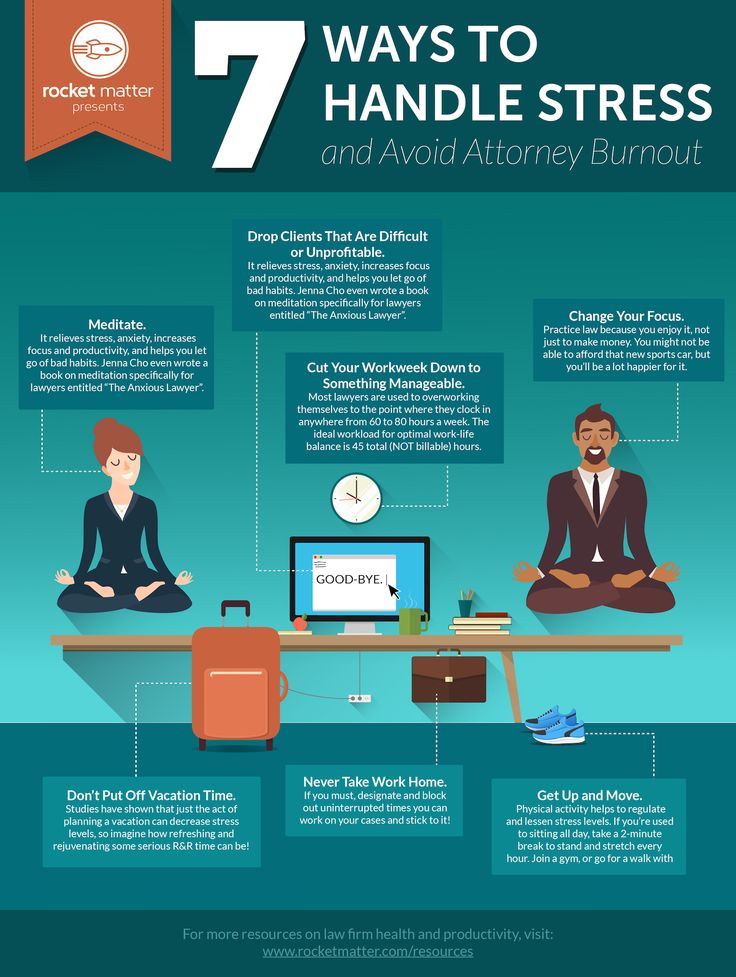Understanding The Criminal Test: A Comprehensive Step-By-Step Breakdown
Understanding The Criminal Test: A Comprehensive Step-By-Step Breakdown
Blog Article
Write-Up Author-Ellis Carter
When you step into a criminal test, you might be amazed by the structured procedure that unfolds. look at this now begins with court choice, where prospective jurors are inspected for biases through a technique called "voir dire." After that, both sides offer their opening declarations, setting the stage for the proof and testimonies to adhere to. You'll see exactly how the prosecution and protection construct their instances, but what takes place next can dramatically impact the outcome. Comprehending these stages can reveal the intricacies of justice, yet there's more to uncover regarding the critical moments that follow.
Jury Choice Process
When it comes to the jury selection process, you're diving into an important stage of a criminal trial. This process, typically called "voir dire," entails wondering about prospective jurors to guarantee they're unbiased and efficient in supplying a fair decision.
You'll see both the prosecution and defense attorneys taking part actively, each aiming to pick jurors that align with their situation's narrative.
During voir dire, you'll notice that attorneys ask questions regarding jurors' backgrounds, ideas, and experiences. Their goal is to determine any type of pre-existing biases that might influence a juror's decision. As a juror, you may feel a mix of uneasiness and interest, however your sincerity is essential.
After questioning, lawyers can challenge certain jurors for reason if they think a juror can't stay objective. They can additionally make use of a restricted number of peremptory difficulties to reject jurors without mentioning a factor.
Trial Phases Explained
The stages of a criminal test play an essential function in ensuring a reasonable and structured procedure.
You'll initially encounter the opening statements, where both the prosecution and protection describe their instances. This sets the stage of what's to come.
Next off, the prosecution presents its proof and witnesses, aiming to prove the accused's shame beyond a practical doubt. You'll see direct exam complied with by interrogation, enabling both sides to challenge today info.
After the prosecution rests its situation, it's the defense's turn. They'll provide their evidence and witnesses, usually concentrating on creating practical uncertainty. You'll discover that the defense doesn't need to verify innocence; they simply require to challenge the prosecution's instance.
Once both sides have offered their arguments, you'll hear closing declarations, where each celebration summarizes their situation. This is important as it strengthens their positions before the jury mulls over.
Throughout https://www.post-gazette.com/news/crime-courts/2021/11/16/daniel-muessig-former-pittsburgh-attorney-guilty-plea-felony-conspiracy-distribute-100-kilograms-marijuana-fbi-wiretap/stories/202111160115 , the court makes sure that the trial adheres to legal requirements and that the rights of both celebrations are protected.
Comprehending these stages will certainly aid you value the complexities involved in a criminal trial and the value of each action in the pursuit of justice.
Decision and Sentencing
Nevertheless proof has actually existed and arguments made, the court or judge provides a verdict, identifying the defendant's guilt or innocence. If you belong to the court, you'll deliberate with your fellow jurors, discussing the evidence and your perceptions. This process can take some time, as you'll wish to guarantee everyone settles on the decision based upon the truths.
When a decision is gotten to, it's announced in court. If the offender is condemned, the following stage is punishing. This is when the court makes a decision the suitable punishment. You might notice that numerous factors influence the sentence, such as the severity of the crime, the accused's past record, and any kind of mitigating scenarios.
The judge may impose a range of sentences, from fines and community service to jail time. Sometimes, the protection or prosecution can provide arguments regarding sentencing, attempting to guide the judge's decision.
If the accused is found not guilty, they're acquitted, and no penalty complies with. Keep in mind that a guilty judgment can often lead to charms, where the accused might challenge the judgment or the sentence enforced.
Conclusion
In a criminal test, you've seen just how crucial each step is, from jury option to the final decision. You've adhered to the prosecution and defense as they build their situations, aiming to persuade the court. As soon as consideration completes, the judgment determines the end result, and if the defendant is found guilty, the sentencing phase starts. Understanding these procedures aids you value the intricacies of the justice system and the value of each role in making sure a reasonable trial.
